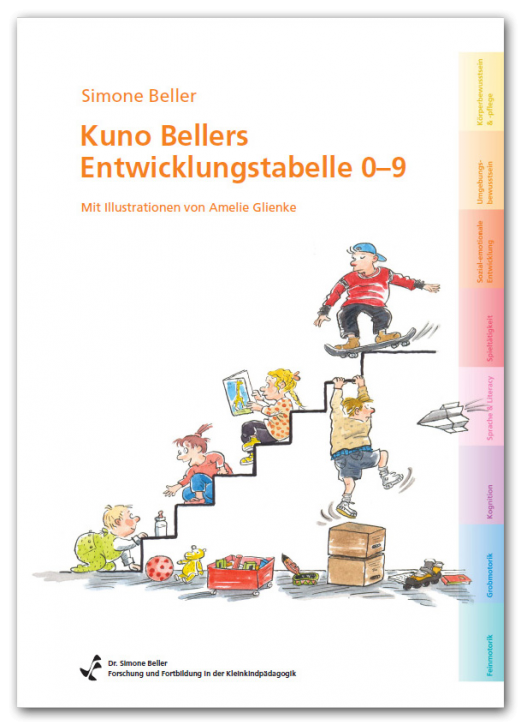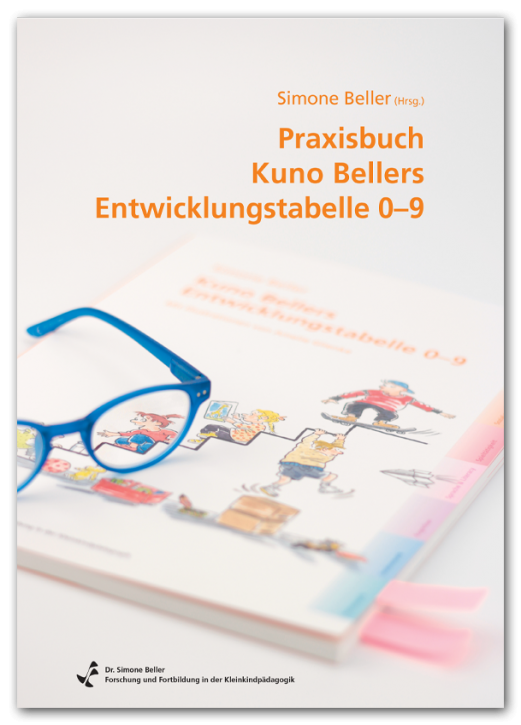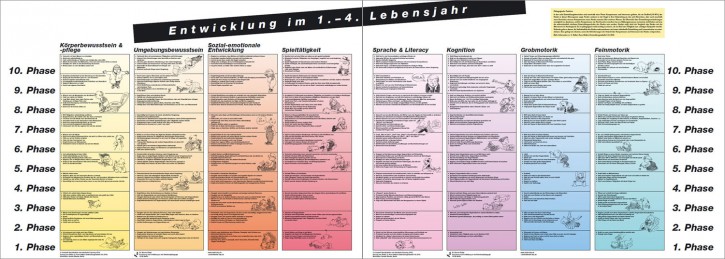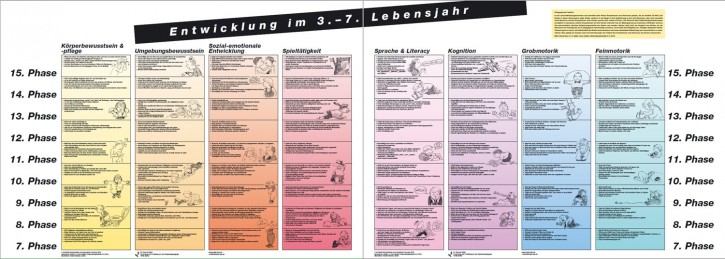Welcome to the Homepage of Beller Research and Training in Early Childhood Education
We have been selling teaching materials and holding courses for daycare, nursery, pre-school, and kindergarten teachers for over 20 years.
Bringing together pedagogical practice and research is a keystone of our work, and it is one of our primary aims to support exchange between educators and scholars. Our products and courses draw on years of research and practical experience and are regularly revised and updated.
Materials

Materials for Teaching
Books:
Kuno Beller's Developmental Chart 0-9 (English edition)
Kuno Bellers Entwicklungstabelle (German edition)
ESIA Teacher Training for Interactive Language Stimulation (only available in German)
Practice Book Kuno Bellers Entwicklungstabelle (German edition)
Posters:
Plakat Entwicklung 1. bis 4. Lebensjahr (only available in German)
Plakat Entwicklung 3. bis 7. Lebensjahr (only available in German)
Plakat Entwicklung 5. bis 10. Lebensjahr (only available in German)
Plakat (Sprach)-Entwicklung im Alltag anregen (only available in German))
Courses
 Our courses are tailored for professionals in early childhood education, such as:
Our courses are tailored for professionals in early childhood education, such as:
Nursery, pre-school, and pre-K teachers and principals, teacher trainers, and daycare professionals.
They focus on topics like:
Childhood development and developmental psychology
Observing child development and using our special observation method
Planning individualized, developmentally appropriate educational experiences to stimulate child development
Integrating stimulation for language development into everyday pedagogical practice
Analysis of the effects of different behaviors and styles of teaching on a child’s self-image, progress in developing skills, and motivation to learn
Informed planning of everyday activities for children at educational institutions
Research

Our Research Projects
Currently, our research focuses on two main fields:
The first phase of the project Modification and Expansion of the Method of Observation of Kuno Beller’s Developmental Chart was to update the method of observation and expand it to include the tenth year of life. This first phase has been completed. While it was primarily concerned with the analysis of current literature and research findings, the second phase will evaluate the revised method on the basis of empirical research.
Our second area of concentration lies in exploring how language development can be stimulated in everyday pedagogical practice and in evaluating the short-term and long-term effects of the use of our model for fostering Language Development in Everyday Pedagogical Practice (ESIA – Nursery Teacher Training for Interactive Language Stimulation)..




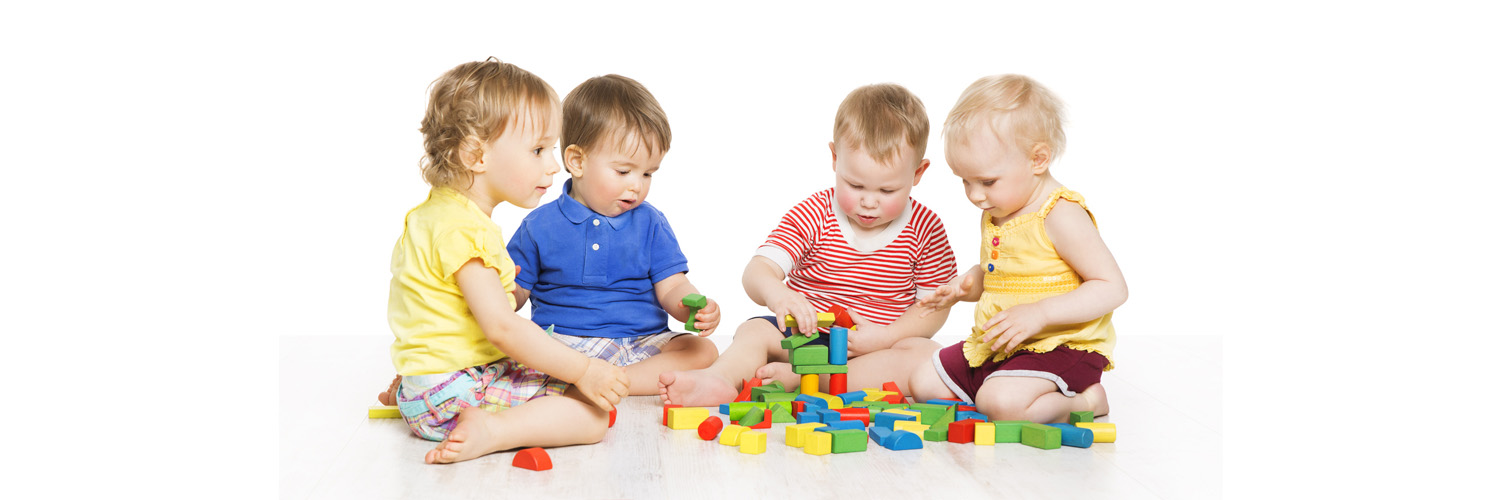
 Welcome to the Homepage of Beller Research and Training in Early Childhood Education
Welcome to the Homepage of Beller Research and Training in Early Childhood Education